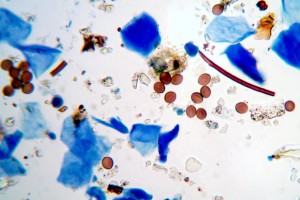
LCS Laboratory Inc., offers laboratory analysis for airborne mould.
There are many reasons why your home or office might require mould testing, and the quality of the building’s structure is just one example. An unusually high mould spore count indicates structural damage, a hidden water leak or condensation. Sometimes, the water damage is hidden behind the walls, this is where testing for mould can assist in locating the problem.
Mould spores are a natural part of our environment. Mould concentration in outdoor air depends on the season. In spring, summer and fall, spore count can be very high- up to 50,000 counts per meter cube. It is normal to find a small number of mould spores in the indoor air of your home or office. Usually, these spores are brought in from outside. However, if there is mould growth inside the building, the spore count found in indoor air could become alarmingly high.
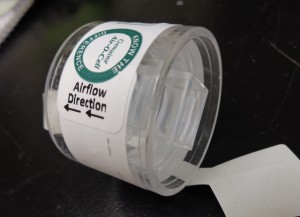
There is no official guideline or law in Canada on how to interpret the different levels of mould concentration in residential or office buildings. On this page, we present you with a simplified way of reading the laboratory results. We have collected references from different publications and organized them to illustrate the scope of possible mould contamination of indoor air. The levels below represent the opinions of the specialists who work in the area of mould examination and mould removal. These numbers indicate a correlation between the spore count and overall building condition. If your mould concentration level is high, you should discuss your findings with engineers or mould remediation specialists. Under no circumstances, should those levels be used to assess the effect of mould on people’s health.
Table. Typical mold levels found in clean and contaminated buildings
| Level | Indications and notes |
| spore/m³ | |
| 50 | Trace Level |
| 200 | Very low levels |
| 500 | Normal level |
| 1000 | Clean building with HVAC |
| 1500 | Normal for enclosed building |
| 2000 | Clean building without HVAC |
| 3000 | Potential issue |
| 5000 | Possible mold amplification |
| 10000 | Cleaning might be needed |
| 25000 | Remediation might be needed |
| 75000 | Need for professional cleanup |
| 100000 | Need for professional remediation |
| 500000 | Significant mold amplification |
| 1000000 | Inadequate flood cleanup |
Source: Air Analysis Inc. and Environmental Analysis Associates
This particular methodology is very straightforward and covers a broad range of mould levels. The only drawback is that the procedure is not sufficiently conclusive for the moderate mould concentration levels between 2.000 and 10.000 spores per cubic meter. For the interpretation of the results in this range, you may need to use a different methodology, which takes into account the level of mould found in outdoor samples as well.
To order your mould sampling kit, please visit our online store.

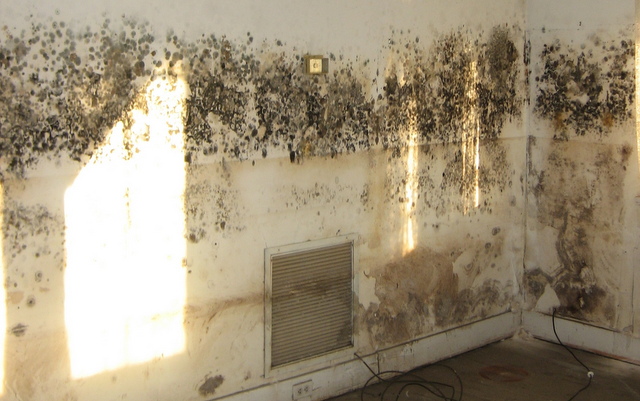
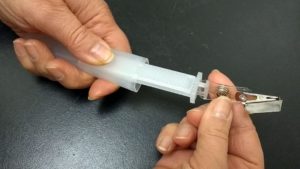
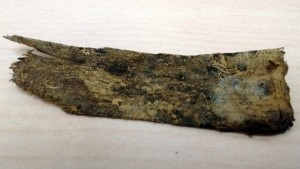

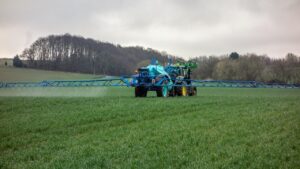
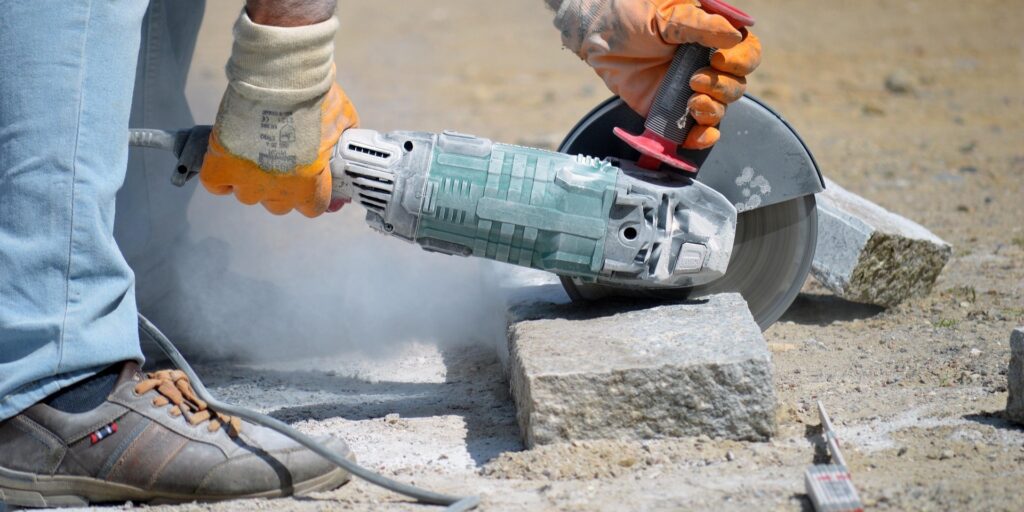
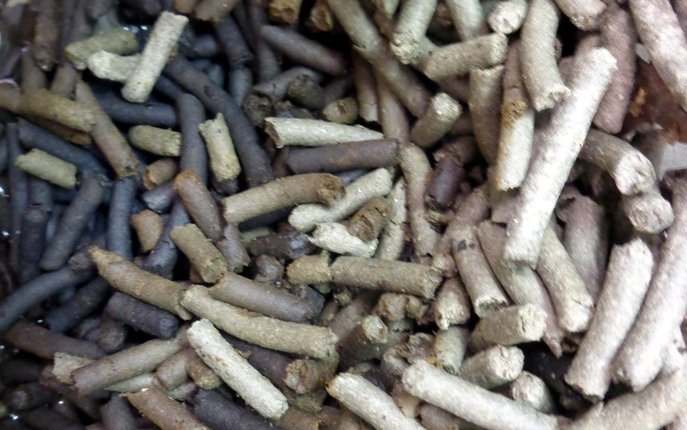

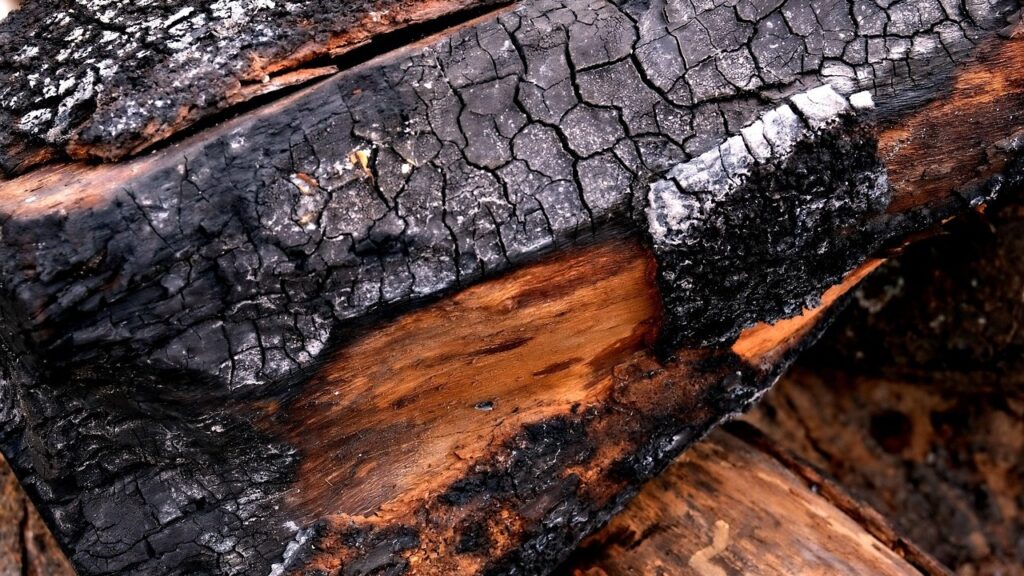
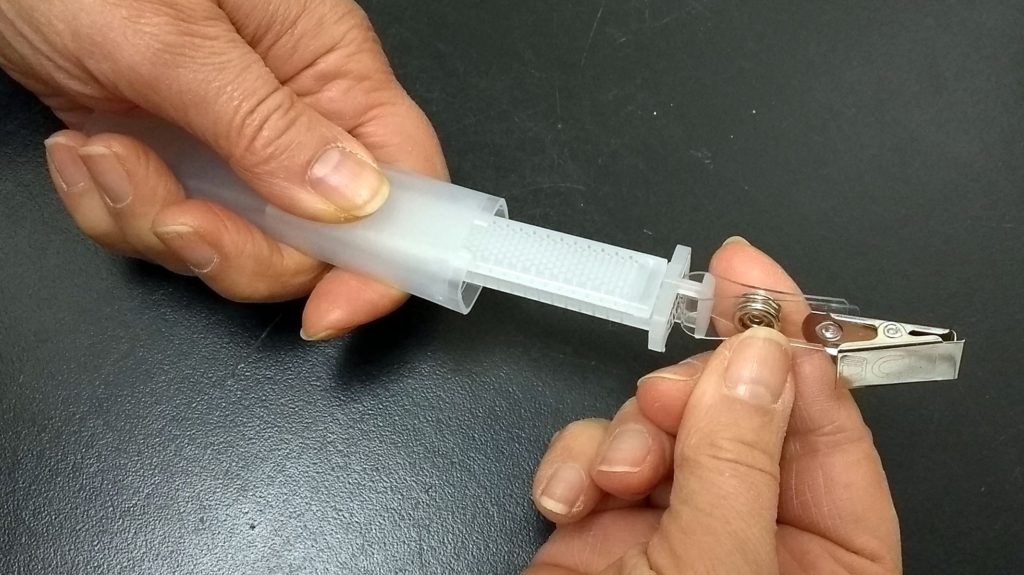

3 Responses
Thanks for the explanation. What is an acceptable level of penicillium aspergillus mold?
Regards,
Gary
Hello Gary, This particular procedure is a simplified tool for evaluation of mold contamination. It works OK when the outdoor level of mold spores is negligible, usually in Canadian winter and early spring.
During all other seasons you need to take in account the outdoor level. It is quite complicated (https://lcslaboratory.com/how-outdoor-mold-level-affects-it-indoor-concentration/) but main idea, is that unless the indoor level is 2-3 fold higher than the outdoor level, you cannot prove that the mold grows inside and not brought from outside due to air exchange.
This article provides an excellent overview of how to interpret mould concentration levels in indoor spaces, especially considering the lack of official guidelines in Canada. It’s clear that understanding mould spore counts is essential when assessing potential risks in residential or office buildings. I appreciate how the article stresses that the numbers provided should be used with caution and only as a rough guideline, not as a health assessment tool.
https://239inspect.com/